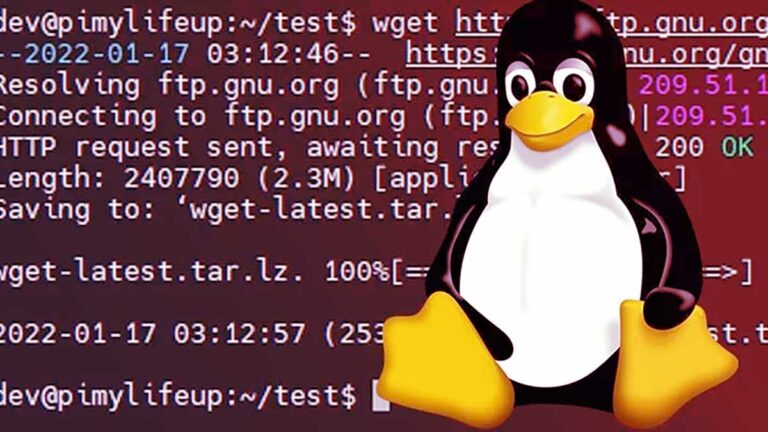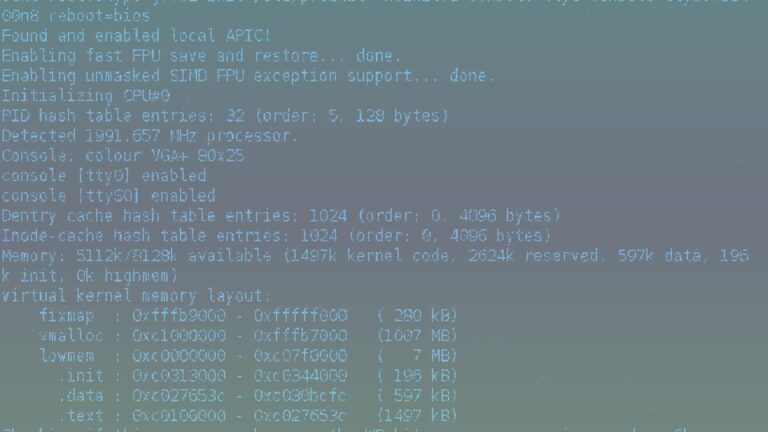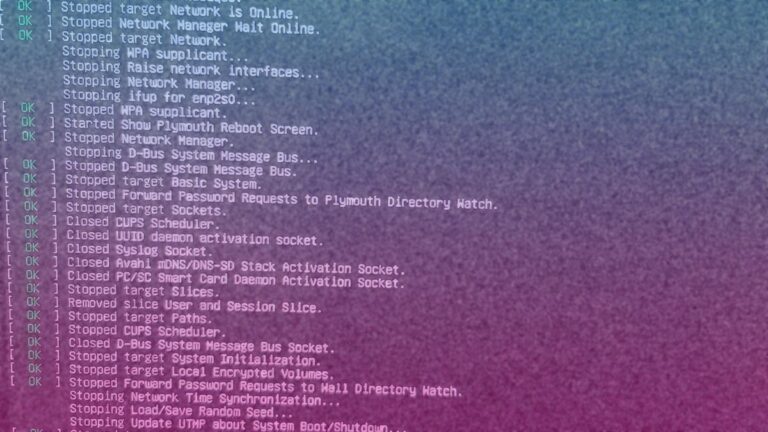Physical Address
304 North Cardinal St.
Dorchester Center, MA 02124
Physical Address
304 North Cardinal St.
Dorchester Center, MA 02124

How to use device files in /dev/ for common disk-related tasks, including disk copying, backups, and mirroring, using tools like dd, cat, and others. It also highlights best practices and precautions to ensure data integrity.

cURL excels in transferring data between systems or services, especially for API interactions, testing endpoints, and sending or receiving files in custom ways. Its flexibility, combined with support for various protocols and authentication methods, makes it an essential tool in any developer or sysadmin’s toolkit.

From handling cookies and session data to manage SSL certificates, connect to to proxies and using custom headers. These are some of the most advanced Wget use cases.

This cheat sheet covers the majority of daily use cases for Wget. Whether you’re scripting a bulk download, mirroring a site, or retrieving files over HTTP(S) or FTP, these commands should help you handle most scenarios efficiently.

System V is the classic Linux init system, this article is a to-the-point guide and cheatsheet intended to help you quick access to all System V commands, directories and tools.

Systemd is currently the fastest growing Linux and widely adopted service manager and init system. This part guide, part cheatsheet will give you all the commands in a neatly organized fashion so you can master it and become a proficient Linux power user.

This guide provides a comprehensive overview of searching inside file contents using Linux commands. By mastering tools like grep, awk, sed, and others, you can perform efficient and targeted searches, even in complex scenarios.

By combining file with tools like grep, cmp, and diff, you can create efficient workflows for searching and comparing files in Linux. These methods are invaluable for debugging, auditing, and managing files in development and system administration tasks.

The file command is one of the most useful tools for not only finding files but also searching through their contents. This is a complete guide and cheatsheet for the file command.

The Rsync Daemon operates as a server, enabling efficient synchronization and transfer of files. Unlike standard Rsync operations over SSH, the daemon provides fine-grained control via a dedicated configuration file.